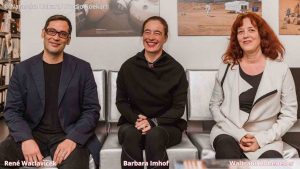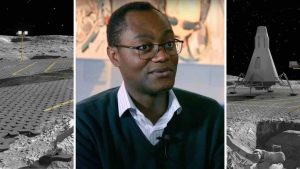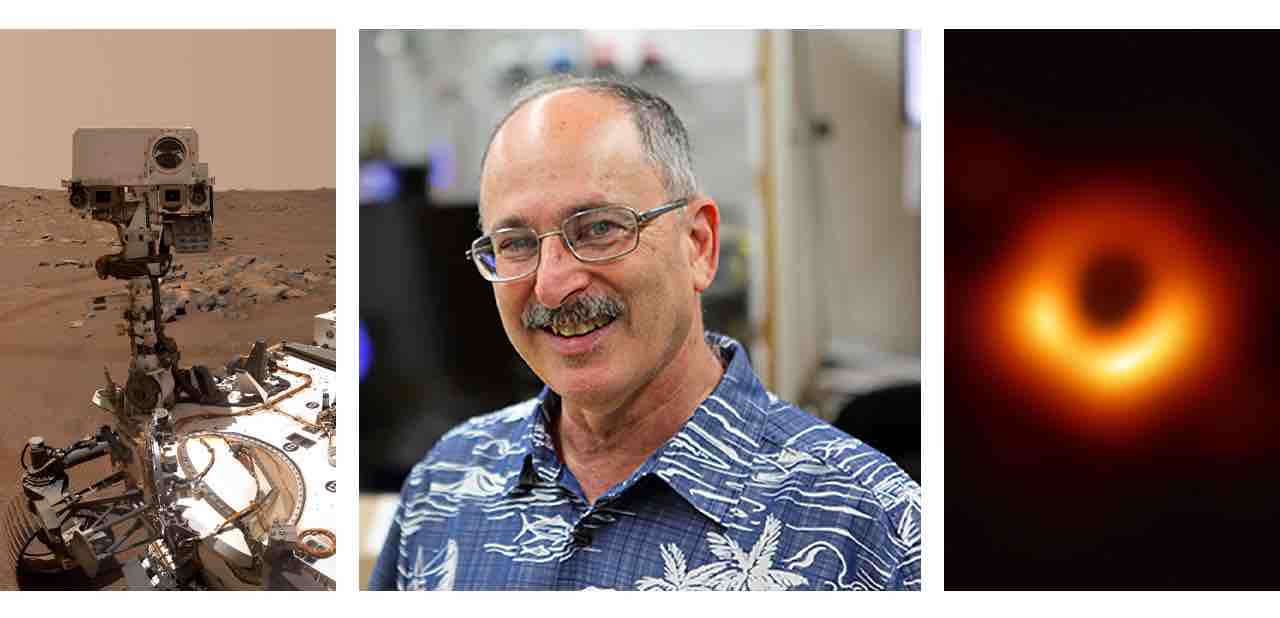
Michael Hecht - kosmomagazine.it
Michael Hecht, research fellow, associate director of the Haystack Observatory of the Massachusetts Institute of Technology, MIT, Principal Investigator of the ‘MOXIE‘ instrument, installed inside NASA’s Perseverance rover, currently on the planet Mars. Dr Michael Hecht, in the past, worked as a physicist for 30 years at NASA JPL in Pasadena, California. He was also deputy director of the ‘Event Horizon Telescope‘ project (the network of telescope that is to photograph the first black hole in history, in 2019).
The Perseverance rover team of NASA’s Jet Propulsion Laboratory has activated the microphones dedicated to listening to Martian sounds, to allow you to hear oxygen extracted on Mars. Why is it important to listen to the sound of oxygen during extraction?
What we hear is the sound of a compressor. Martian air is very thin. This is what we do: we create something out of nothing. So, there are two parts of the process: During the first part, MOXIE filters and pumps Martian carbon dioxide into a compressor, which compresses the air. The second part of the process takes compressed carbon dioxide and transforms it into oxygen. So, when you run a pump or a compressor, you need to figure out whether it is correctly; and in this case you can understand it through the sound emanating from the compressor or pump, through the microphone of the Perseverance rover.
The MOXIE instrument, sucking in the Martian air rich in carbon dioxide, can extract from it 100% pure oxygen. It will be used to breathe the astronauts on Mars, and to power the rocket engines. This result reminds me that it happened to the Apollo 1 astronauts in 1967, who died burning inside their spacecraft, precisely because of pure oxygen. After that dramatic episode, inside the spaceships it was decided to mix oxygen with nitrogen (just like the air we breathe on Earth). On Mars to mix oxygen with nitrogen, for the astronaut room?
This is a very interesting question. There are two reasons why we produce oxygen: the first is to produce oxygen for the rocket engines, which will be used to bring the astronauts home (this is the number one reason why we produce oxygen on Mars, as it would take 25 tons of oxygen. to run the rocket engines, and get four astronauts home). As for the oxygen dedicated to the breathing of astronauts, we will certainly be able to mix it with nitrogen. Fortunately, on Mars there is also nitrogen, and it could be obtained without problems. So, the first thing to do is to produce pure oxygen and then add nitrogen to make the astronauts breathe (the atmosphere of Mars is rich in carbon dioxide for 95%, but there is also 5% nitrogen and argon).
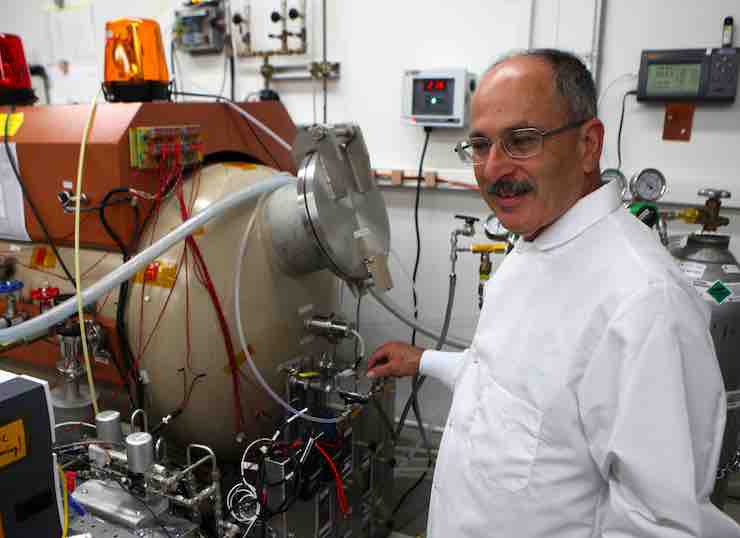
The next MOXIE, which the astronauts will take to Mars, should produce about 26 or 27 tons of oxygen (to make the astronauts breathe and power the rocket engines). What could be the characteristics of the successor of MOXIE?
The full-scale system, from MOXIE’s successor, would weigh about a ton, and be as big as a small washing machine. There will be two differences, compared to the current MOXIE: the first is that it will have to work continuously for 1 year, without ever turning off (the current MOXIE, located in the Perseverance rover, works only for 1 hour per month). The reason why the current MOXIE works so little is because we don’t have enough power to make it run non-stop (the Perseverance rover has tons of other tools, so it has to use the energy for the other machines too). Our idea is to transport the next MOXIE to Mars, before the astronauts arrive, and immediately begin producing oxygen; in this way when the astronauts arrive they will already find the cylinders full of oxygen, produced on Mars.
If we could find water on Mars (liquid or water ice underground), would it be easier to extract oxygen from the water or the atmosphere like MOXIE does?
There is a lot of ice on Mars. But the problem is that geologists would like to land astronauts in very dry, ice-free places in order to better study Martian geology, which has a history of billions of years. Ice in abundance can be found at the poles of the planet (North and South Pole). In fact, I think it is very difficult to extract oxygen from Martian water. In theory you could do it, but it is easier to extract oxygen from the air. If we decide to extract all the fuel for rocket engines from Mars (rocket engines need oxygen and hydrogen), then, in that case, we would take oxygen from the air (as we are already doing), and the hydrogen from Martian water (the water molecule is H2O, so we could also get hydrogen).
Is the MOXIE instrument able to work in the various seasons of Mars, and during sandstorms?
The answer is yes. Air density varies from late spring night to late summer day. MOXIE managed to work even in the worst time of the year, and during a sandstorm.
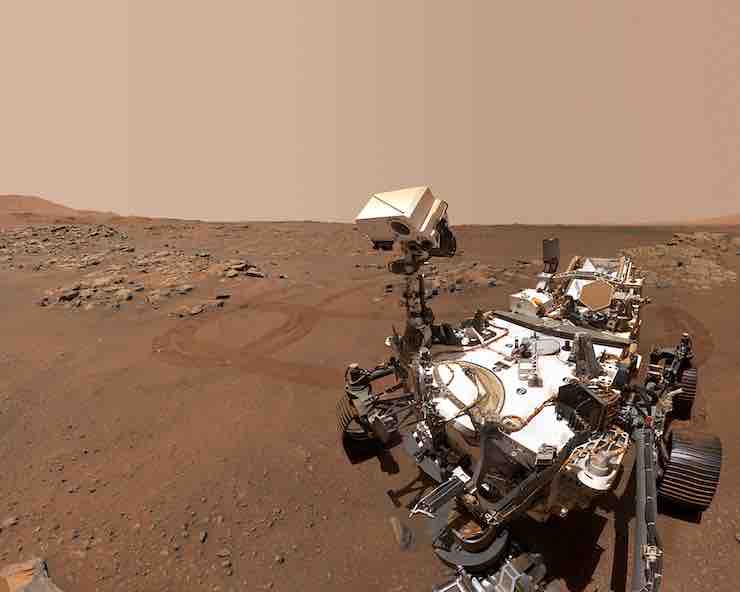
Regarding your second project: “Event Horizon Telescope”. Which, thanks to the placement of about 8 telescopes scattered on the Earth and used simultaneously to observe the same hole, thus transforming the planet Earth into a gigantic telescope, which looks at the same area, you were able to photograph, for for the first time in history, a black hole in 2019. There is talk of a black hole 2.5 billion times larger than our Sun. What is the feature that surprised you the most about this black hole? Did you expect it like this?
In 2019 we photographed the black hole M87, located in the center of a galaxy, 56 million light years away from us. Many astronomers were waiting for that moment, and we worked very hard to do that. M87 is billions of Suns large (about 6.6 billion times our Sun). It took two years to get the M87 image.
Leggi anche -> [EXCLUSIVE INTERVIEW ] James Webb Telescope experts answer our questions
You have worked both in the “microscopic” world, that is everything that is extremely small, such as the oxygen atom; and both in the “macroscopic” world such as black holes. What did these two worlds give you? And what does daily life look like to you after these two very different projects?
I started from atoms and arrived at a “human” scale, which is the MOXIE tool; then I entered the world of astrophysics, which led me to the black hole M87. This is why I consider myself a very lucky person. I have had the opportunity to work on all of these exciting questions, ranging from science to technology. I couldn’t ask for more. What do these two worlds have in common? Both allow me to solve puzzles. This is really what excites me about my work: I can see an atom and a galaxy. What amazes me most is that they both have the same rules to follow in order to be able to solve the riddle. The rules to follow are not exactly the same, but they are very similar.

